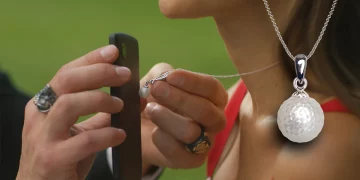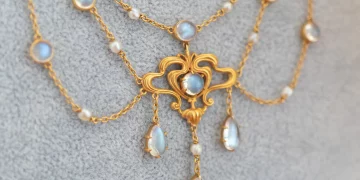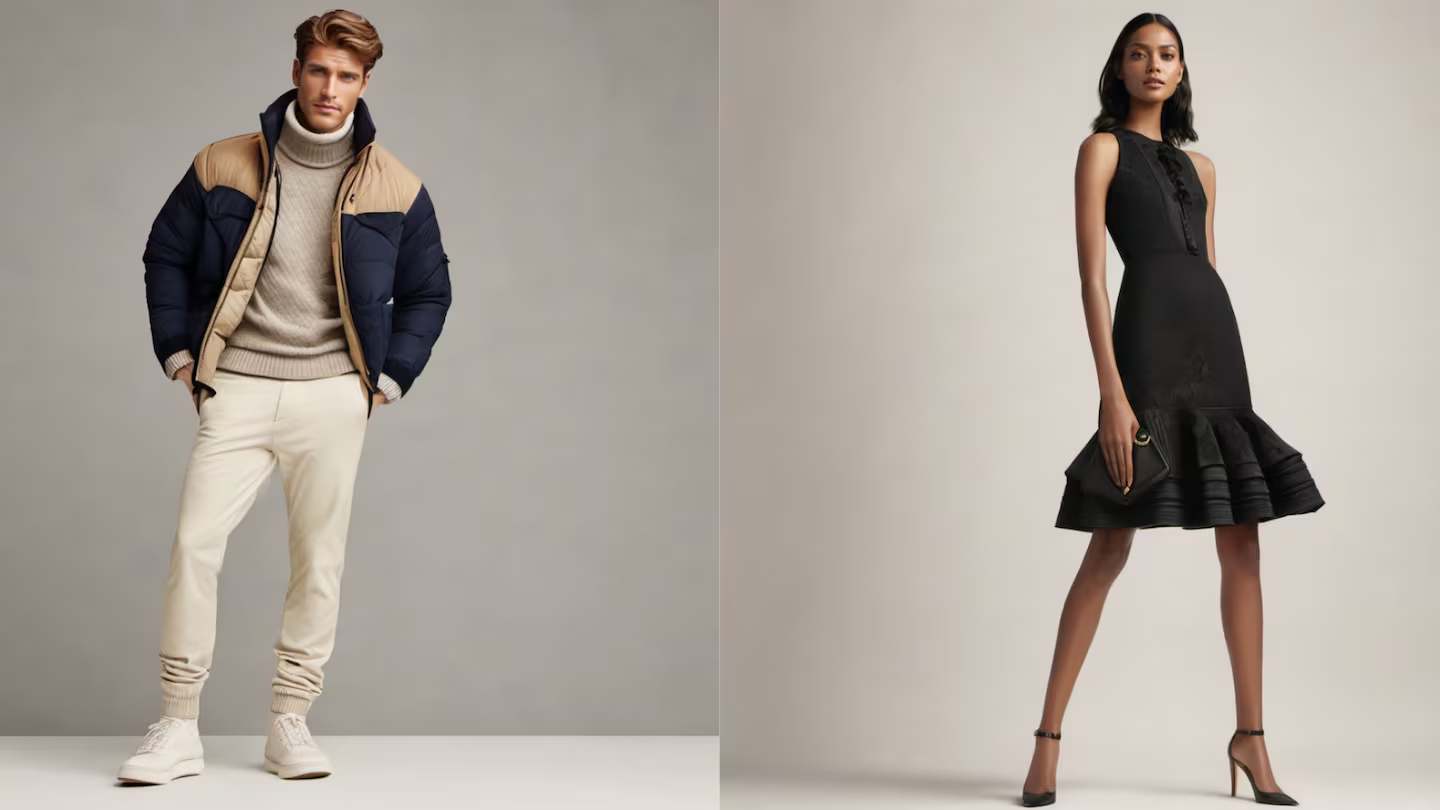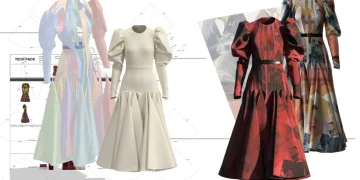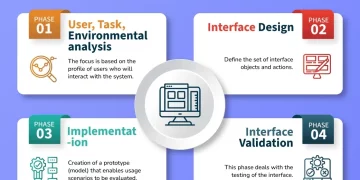The luxury jewelry industry, long known for its timeless designs and exclusive appeal, is undergoing a transformation driven by evolving consumer preferences. As we look toward 2025, a number of emerging trends are poised to shape the future of luxury jewelry. These trends are not merely about the types of designs or materials being used, but also reflect deeper shifts in consumer values, lifestyle choices, and societal influences. From sustainability to technology-driven designs, the jewelry market is embracing change like never before.
In this article, we’ll explore the key trends for 2025, examining how consumer behavior, environmental concerns, and technological advances are influencing jewelry design and sales. We’ll also dive into personalization, digitalization, and the rise of new materials—and how these factors are shaping the future of luxury jewelry.
1. Sustainability and Ethical Sourcing: The New Luxury Standard
As environmental awareness and ethical concerns become central to consumer decision-making, sustainability has evolved from a niche consideration to a mainstream expectation in the luxury jewelry sector. In 2025, consumers are not only seeking beauty and quality—they are demanding that their purchases align with ethical practices and sustainable sourcing.
1.1 The Growing Demand for Conflict-Free Materials
In the past decade, luxury brands have increasingly turned to sustainable sourcing as a key pillar of their business strategies. This is largely in response to millennial and Gen Z consumers, who are more likely to question the sourcing of their jewelry and demand transparency from brands. In 2025, the conflict-free diamond movement will continue to gain traction, with brands prioritizing diamonds sourced from certified ethical mines or lab-grown diamonds. Consumers, particularly younger ones, are increasingly willing to pay a premium for diamonds and gemstones that are guaranteed to be free from unethical mining practices.
For instance, De Beers and other major players have already rolled out their tracability systems, allowing consumers to trace the journey of each diamond. Expect this trend to intensify in 2025, with blockchain technology further streamlining transparency in supply chains.
1.2 Lab-Grown Diamonds and Sustainable Gemstones
The rise of lab-grown diamonds is one of the most significant shifts in the jewelry market in recent years. By 2025, this trend will become even more prominent, with lab-grown diamonds gaining acceptance not only for their affordability but also for their minimal environmental impact. As technological advancements continue, lab-grown diamonds will offer near-identical characteristics to mined diamonds—often at a fraction of the price.
In addition to diamonds, expect a growing demand for other sustainable gemstones such as recycled metals, cultured pearls, and gemstones mined using eco-friendly methods. In 2025, sustainability will no longer be an afterthought but a primary factor influencing design, production, and consumer choices.
2. Personalized and Custom Jewelry: The Rise of Individual Expression
In 2025, luxury jewelry will see a significant shift toward personalization and bespoke designs, fueled by a growing demand for unique, meaningful pieces. Consumers are increasingly looking for ways to express their individuality, and personalized jewelry offers them a powerful medium to do so.
2.1 Customization: A Perfect Fit for Modern Consumers
Modern technology, including 3D printing and digital design tools, has made jewelry personalization more accessible than ever. In 2025, we expect more consumers to turn to brands offering custom-made pieces that reflect their personal stories, family heritage, or unique tastes.
For example, engagement rings and wedding bands are being increasingly personalized with intricate engravings, birthstones, or even custom-designed settings that tell a unique story. This shift will allow consumers to make a piece of jewelry truly their own, differentiating themselves from mass-produced designs.
Brands like Tiffany & Co., Cartier, and Bvlgari have already begun to offer bespoke services, and this trend is expected to intensify in 2025, especially among high-net-worth individuals (HNWIs) who seek exclusive and distinctive jewelry. 3D design software will make it easier for customers to engage directly with designers, further enhancing the personalization experience.
2.2 Engraving, Birthstones, and Storytelling in Design
A key element of the personalized jewelry trend is storytelling. Many consumers want their jewelry to reflect important moments in their lives, whether it’s a milestone anniversary, a birth of a child, or an important achievement. Expect to see birthstones, personal engravings, and symbolic motifs making a comeback in jewelry designs.
For instance, name necklaces or initial jewelry are expected to remain popular, as consumers seek pieces that hold deep personal meaning. Customization could extend to choosing specific gemstones with particular meanings, such as sapphires for wisdom, emeralds for rebirth, or rubies for passion.
3. Technological Integration: Jewelry Meets Innovation
The convergence of technology and jewelry will play a crucial role in 2025. As consumers continue to seek ways to integrate technology into their daily lives, the luxury jewelry market is embracing wearable tech and smart jewelry in innovative ways.
3.1 Smart Jewelry: The Fusion of Function and Fashion
Smart jewelry, such as smart rings, watches, and bracelets, which can track fitness, monitor health, or act as digital wallets, is poised to gain mainstream acceptance by 2025. Brands like Apple, Fitbit, and Samsung have already made strides in the smartwatch space, but luxury jewelry houses are now entering this territory.
Brands like Bvlgari and Cartier are already exploring the fusion of high-end craftsmanship with wearable tech, offering pieces that combine elegance with functionality. In 2025, we can expect to see luxury brands integrate more biometric sensors, LED lighting, and even augmented reality (AR) into their pieces, turning traditional jewelry into interactive, high-tech accessories.
3.2 Augmented Reality and Virtual Try-Ons
As augmented reality (AR) and virtual reality (VR) technologies improve, the way consumers shop for luxury jewelry will evolve. In 2025, we are likely to see virtual try-ons become a standard feature for luxury jewelry brands, allowing customers to experience jewelry virtually before making a purchase.
These technologies will not only enhance the online shopping experience but also provide personalized suggestions based on a customer’s face shape, skin tone, or individual style. This shift toward virtual shopping experiences will make the process more engaging and personalized, while also catering to the growing preference for contactless and digital-first shopping.

4. Minimalism and Sustainability: A Return to Simple Elegance
While the luxury jewelry market has historically been associated with exuberance and opulence, 2025 will see a shift toward more minimalistic and sustainable designs. Consumers are moving away from excess and embracing understated luxury that emphasizes quality over quantity.
4.1 Simple Yet Timeless Designs
2025 will likely see the resurgence of simple, clean lines and understated elegance in jewelry designs. Rather than overly ornate or heavily embellished pieces, the focus will shift toward refined and sophisticated styles that exude quiet luxury. Think of classic diamond studs, solitaire rings, and minimalist pendants made with high-quality materials like platinum and 18K gold.
4.2 Slow Jewelry Movement: A Focus on Longevity and Craftsmanship
In line with the growing slow fashion movement, slow jewelry will gain more prominence in 2025. This trend encourages craftsmanship, durability, and longevity over mass production and fast consumption. Consumers will seek jewelry that can be worn every day and passed down through generations—pieces that reflect both personal significance and high-quality craftsmanship.
5. The Influence of New Markets: Shifting Focus to Asia and the Middle East
As the global wealth center continues to shift toward Asia and the Middle East, these regions will become key players in shaping luxury jewelry trends by 2025. Rising demand from emerging markets will push brands to tailor their designs to meet the unique tastes and preferences of consumers in these regions.
5.1 The Middle Eastern Market: Opulence and Customization
In the Middle East, the demand for extravagant, one-of-a-kind pieces will continue to soar. However, there is also a growing appetite for personalized designs, which fit into the global trend of individual expression. Expect to see iconic gemstones, such as emeralds and diamonds, being incorporated into custom-designed and luxury statement pieces.
5.2 The Chinese Market: Focus on Heritage and Status
China will continue to lead the way in the luxury jewelry sector. In 2025, Chinese consumers will remain highly focused on the symbolism and heritage of their jewelry. Brands
will need to cater to a growing interest in traditional Chinese motifs, such as dragons, phoenixes, and jade, while also embracing modern, globally influenced designs.
Conclusion: Embracing the Future of Luxury Jewelry
The luxury jewelry market in 2025 will be shaped by sustainability, personalization, technology, and a shift toward minimalist elegance. As consumers become more conscious of their purchasing decisions and increasingly demand transparency, jewelry brands must evolve to meet their new expectations. In this new age, jewelry will not just be about status—it will be about values, individuality, and lasting impact.
For those in the industry, the key to success in 2025 will be embracing these emerging trends and finding innovative ways to meet the evolving demands of the modern luxury consumer.




